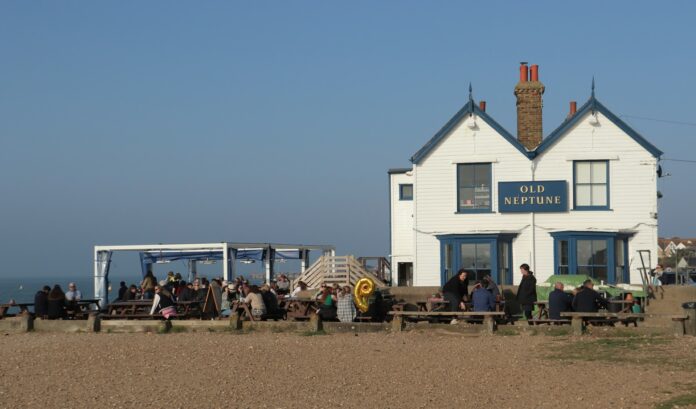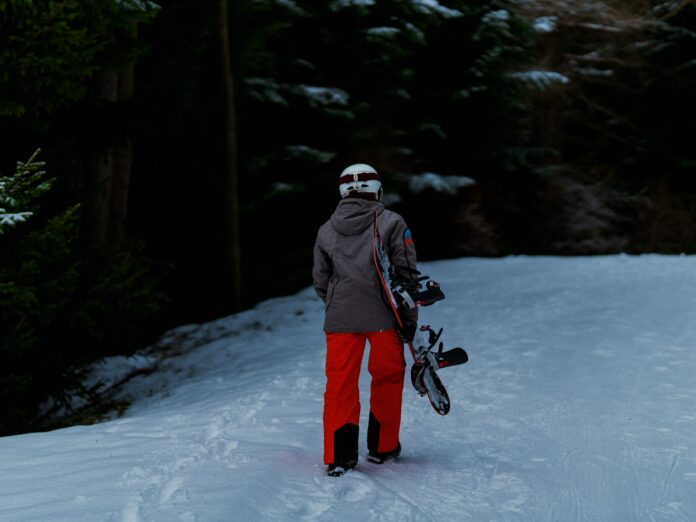The concept of what defines a ‘holiday’ has undergone a remarkable evolution in recent years. No longer content with merely sunbathing, today’s adventurers are instead looking to test their limits across the world. This shift reflects a cultural reassessment of what constitutes true luxury in our hyperconnected age.
For a generation raised on ‘gram-perfect beach resorts and incessant images of shimmering Dubai, the authentic currency of travel has become transformational rather than transactional. These extraordinary challenges offer something precious: a complete fitness holiday that delivers genuine achievement, cultural immersion, and the opportunity to disconnect from digital demands while reconnecting with our fundamental capabilities.
Whether tackling Vietnam’s misty mountains on two wheels or confronting one’s innermost thoughts during days of enforced silence, these experiences provide stories worth telling and personal growth impossible to find through conventional leisure.
The West Highland Way, Scotland
Distance: 154 kilometres
Difficulty: Moderate
Time It’s Likely To Take: 5-8 days
Winding through Scotland’s wild heart, this legendary trail beckons walkers with promises of mist-shrouded mountains and mirror-like lochs. Beginning in Milngavie’s suburbs, the path gradually sheds urban trappings as it ventures northward, eventually delivering hikers to the dramatic Highland landscapes that have inspired poets for centuries.
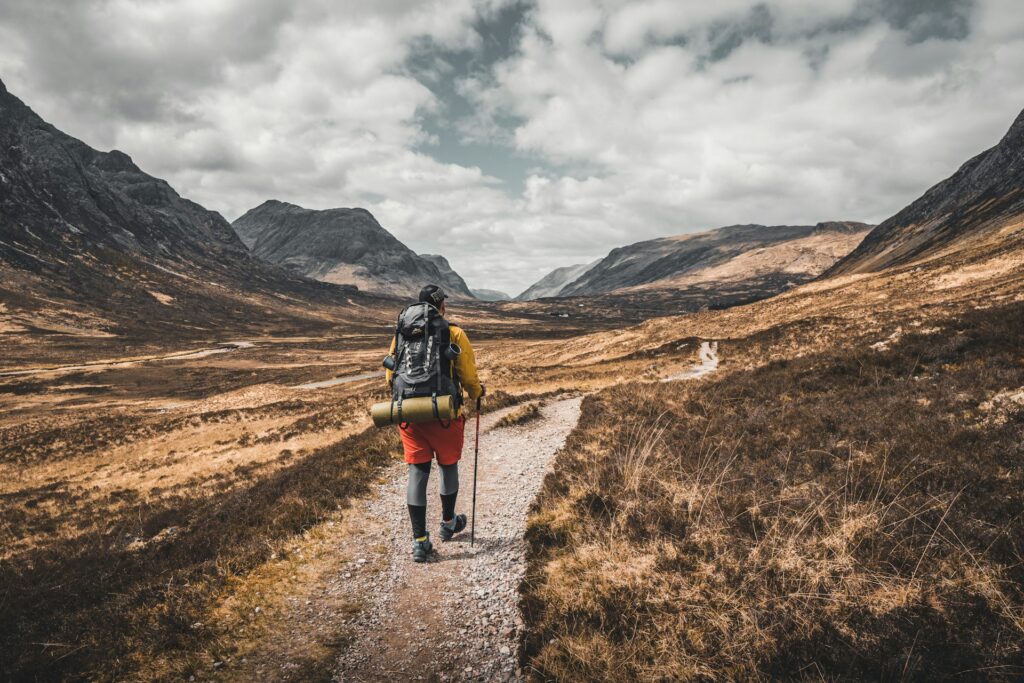
The trail’s magic lies in its accessibility. Speckled with villages offering warm beds and warmer welcomes, walkers can tackle the route at their own pace, retreating to cosy pubs each evening where tales of the day’s adventures flow as freely as the local ale. Rannoch Moor’s vast wilderness and Glencoe’s brooding majesty provide the backdrop for inner contemplation, while camaraderie blossoms among fellow wayfarers sharing the path.
Upon reaching Fort William, the satisfaction of traversing Scotland’s backbone by foot brings a sense of achievement—often celebrated with a dram before boarding the famed West Highland Line railway for a scenic journey home.
Read: 12 of the UK’s best rambles for an active 2025
The Hellespont Swim, Turkey
Distance: 4.5 kilometres
Difficulty: Challenging
Time It’s Likely To Take: 1-2 hours (plus training months)
Following in the wake of ancient mythology, this formidable open water swim crosses the strait separating Europe from Asia—the very waters where Leander reportedly swam to reach his beloved Hero, and where Lord Byron cemented his poetic credentials in 1810.
The Hellespont crossing is available exclusively through organised events, with SwimTrek being the sole provider of race places for non-Turkish residents. Swimmers must prepare meticulously for months, building their endurance and cold-water tolerance to tackle the fierce currents that have humbled Olympic champions while navigating one of the world’s busiest shipping lanes.
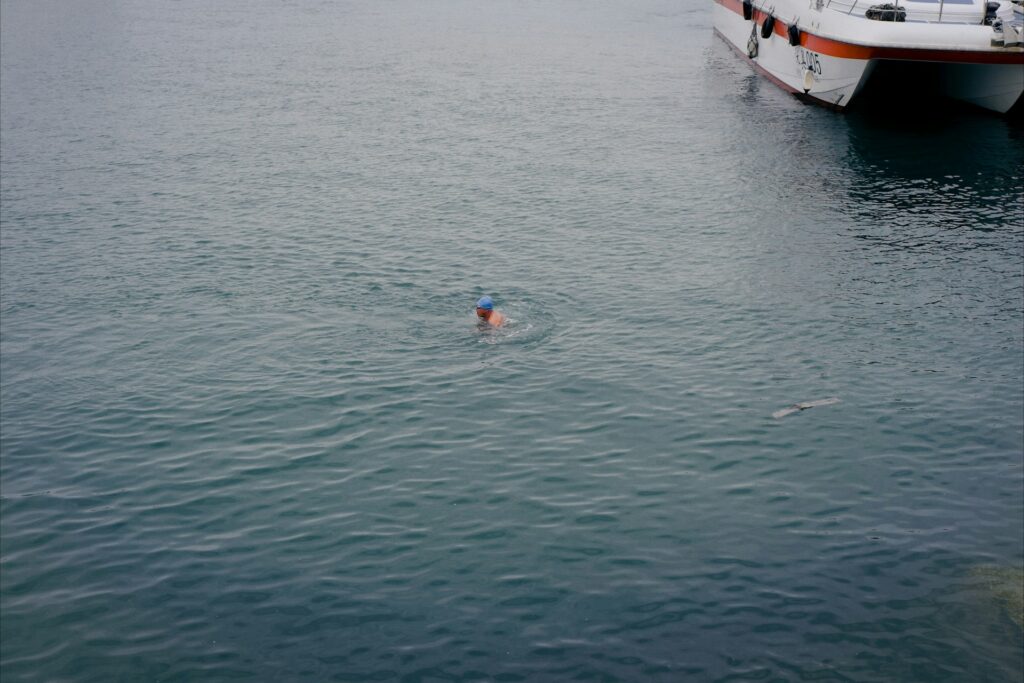
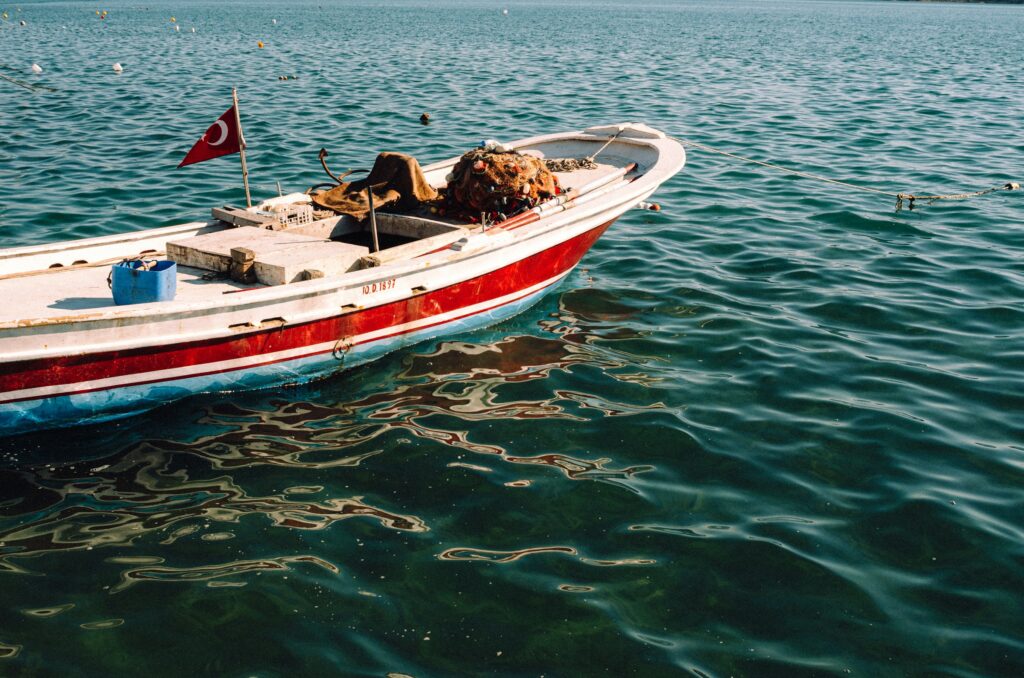
What makes this aquatic challenge so alluring is its marriage of physical exertion with living history. As your arms slice through the turquoise waters of the Dardanelles, each stroke connects you to centuries of human endeavour across this iconic boundary between continents. The moment your fingers touch Asian soil after departing from Europe delivers a thrill that no pool-based accomplishment could match.
This iconic swim often tops the bucket list of serious open water swimmers worldwide, offering a perfect balance of organised safety with genuine personal challenge.
Read: 8 of Istanbul’s top historical sites
The Ho Chi Minh Trail by Bicycle, Vietnam
Distance: 1,000+ kilometres (customisable)
Difficulty: Moderate to extremely challenging (depending on route)
Time It’s Likely To Take: 10-20 days
Once the lifeline that sustained North Vietnamese forces, this legendary network of jungle paths has been transformed into an epic cycling adventure. Modern riders trace history through mist-wrapped mountains, rice paddies and remote villages where tourists remain a novelty rather than the norm.
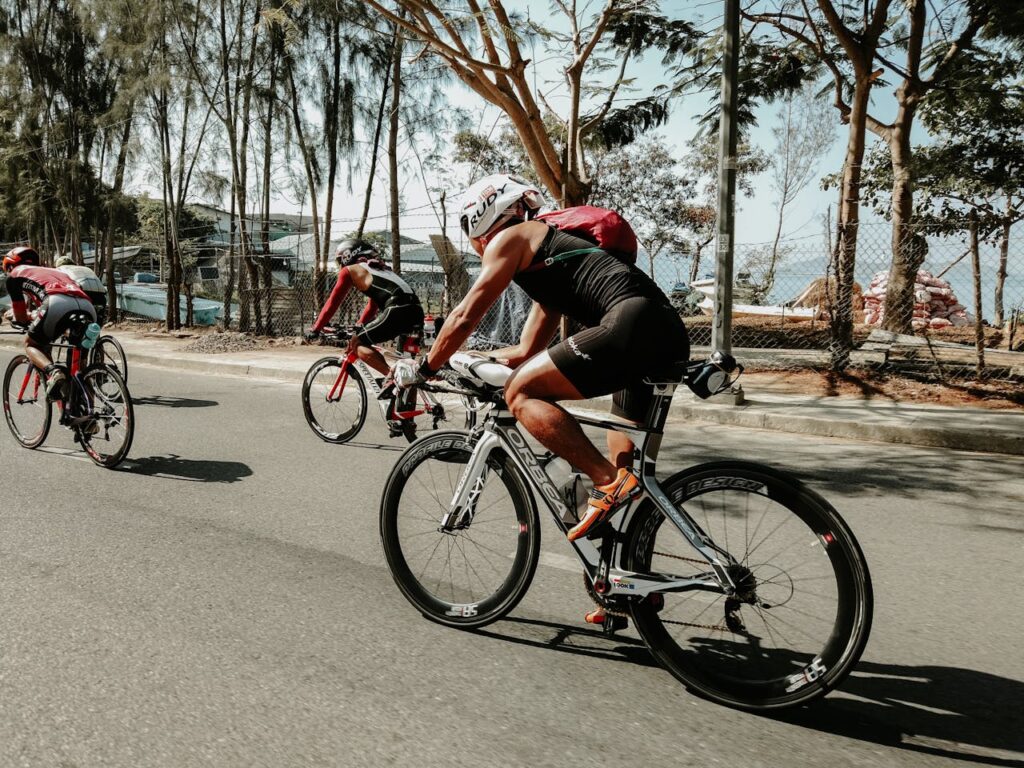
Unlike the predictability of European cycling routes, this journey promises daily surprises. You might find yourself sharing the road with water buffalo, accepting impromptu dinner invitations from curious locals, or sheltering from tropical downpours under canopies of emerald foliage. The route’s flexibility allows cyclists to customise their challenge—hardcore enthusiasts can tackle the mountainous western branch, while those seeking cultural immersion might prefer the coastal route with its French colonial architecture and pristine beaches.
The bicycle becomes more than transportation here; it’s a passport to authentic experiences inaccessible to conventional tourists. As your legs strengthen under the Southeast Asian sun, Vietnam reveals itself layer by layer—from the war-scarred central highlands to the limestone karsts of the north.
Read: The best restaurants in Ho Chi Minh City
The Vipassana Silent Retreat, India
Distance: Internal miles only
Difficulty: Mentally gruelling
Time It’s Likely To Take: 10 days (minimum)
Perhaps the most demanding challenge on our list involves no physical distance at all. Instead, participants journey inward through ten days of absolute silence at a traditional Vipassana meditation centre in India—the spiritual birthplace of this ancient practice.
From the 4 a.m. wake-up gong to the strictly vegetarian meals eaten in contemplative silence, every element of the experience is designed to facilitate self-examination. Mobile phones, reading materials, writing implements and even eye contact are prohibited. For ten consecutive days, meditators sit cross-legged for up to ten hours daily, observing their thoughts without judgement while battling the physical discomfort that inevitably arises.
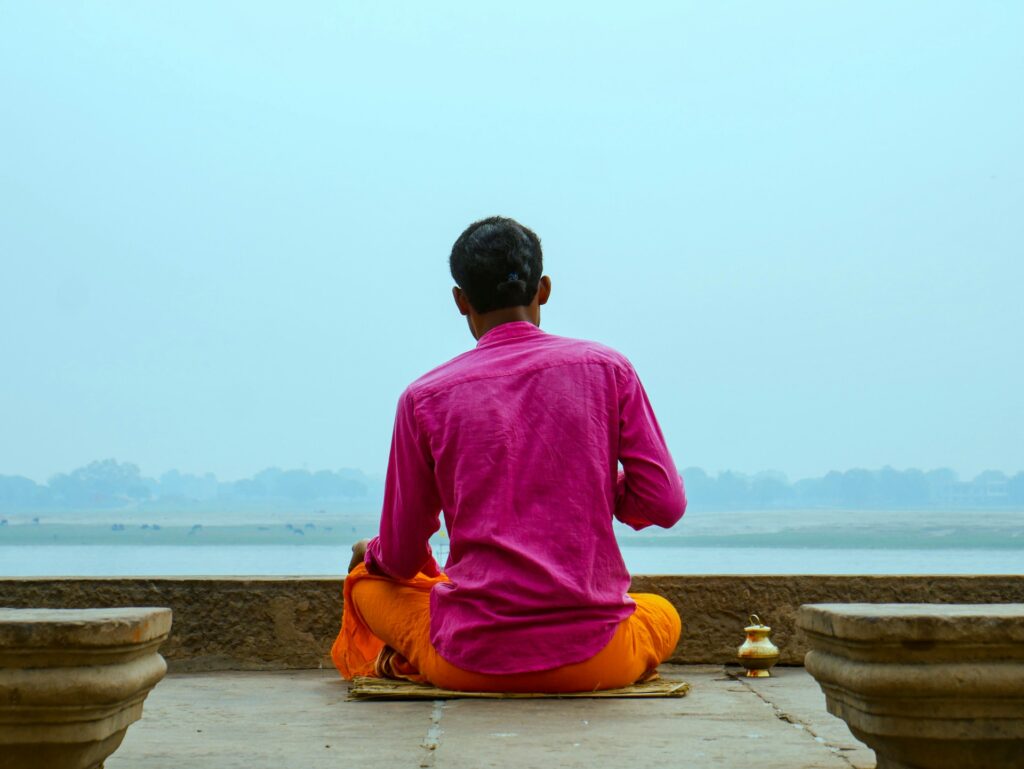
The first three days typically bring mental rebellion as the constant chatter of the untrained mind becomes apparent. By day five, many report breakthrough moments of clarity punctuating periods of boredom. The final days often deliver the promised rewards—insights, emotional release, and a recalibrated relationship with one’s inner dialogue.
While many retreats worldwide offer modified versions, traditionalists insist the authentic Indian experience in places like Dharamsala or Igatpuri provides the most transformative experience.
Mount Toubkal Winter Ascent, Morocco
Distance: 30 kilometres round trip
Difficulty: Technically challenging
Time It’s Likely To Take: 3-4 days
North Africa’s highest peak transforms into an entirely different proposition during the winter months. Snow-draped and frequently battered by ferocious winds, Toubkal’s 4,167-metre summit demands respect and preparation beyond its relatively straightforward summer ascent.
Setting out from Imlil’s walnut groves, winter climbers soon swap walking poles for ice axes as the trail steepens and hardens. Crampons bite into crystalline snow, creating a rhythmic crunch that accompanies laboured breathing in the thinning air. The mountain refuge, a spartan stone building perched at 3,200 metres, offers respite from the elements, though sleep proves elusive for many first-timers at this altitude.
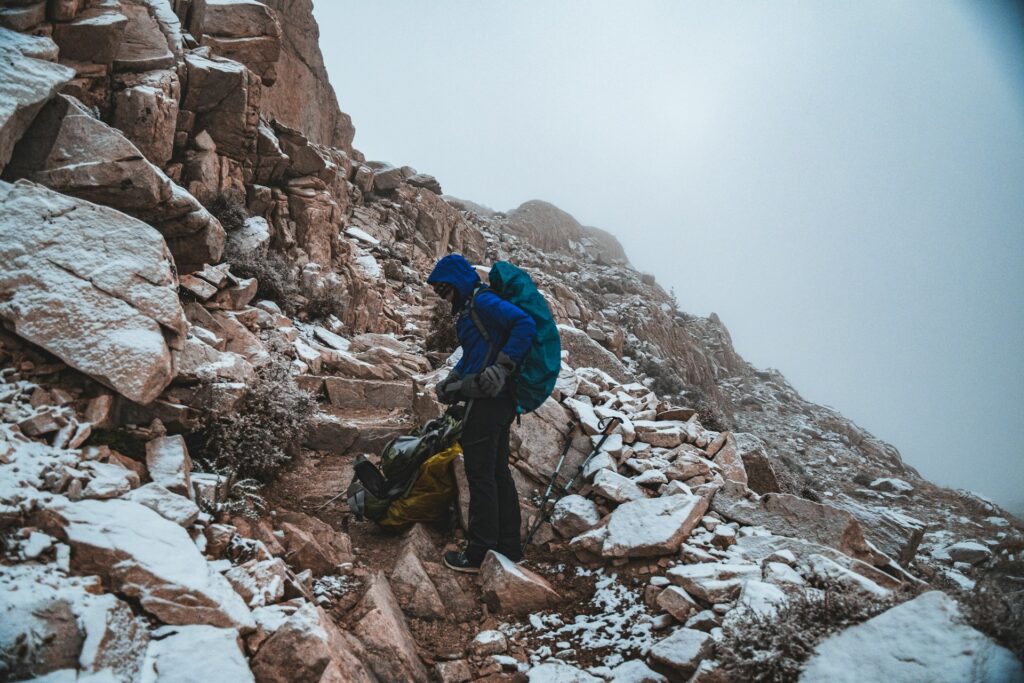
Summit day begins in darkness, headtorches carving narrow light paths across virgin snow. The mountain’s winter persona reveals itself: cornices sculpted by winds, ice formations glistening like crystal architecture, all bathed in pure light.
Standing finally atop this African giant, with the Sahara stretching southward and the Atlantic shimmering westward beyond Marrakech, winter mountaineers experience a moment of perspective—dwarfed by nature yet elevated by their own determination.
The Alcatraz Escape, San Francisco, USA
Distance: 2.4 kilometres (swimming)
Difficulty: Extremely challenging
Time It’s Likely To Take: 30-60 minutes (plus training months)
While prisoners once dreaded these frigid, current-swept waters, adventure swimmers now willingly plunge into San Francisco Bay to conquer one of the world’s most iconic open water challenges. Unlike organised events with safety kayakers and precise timing, DIY swimmers face additional logistical hurdles—securing permits, studying tide charts, and assembling a support team.
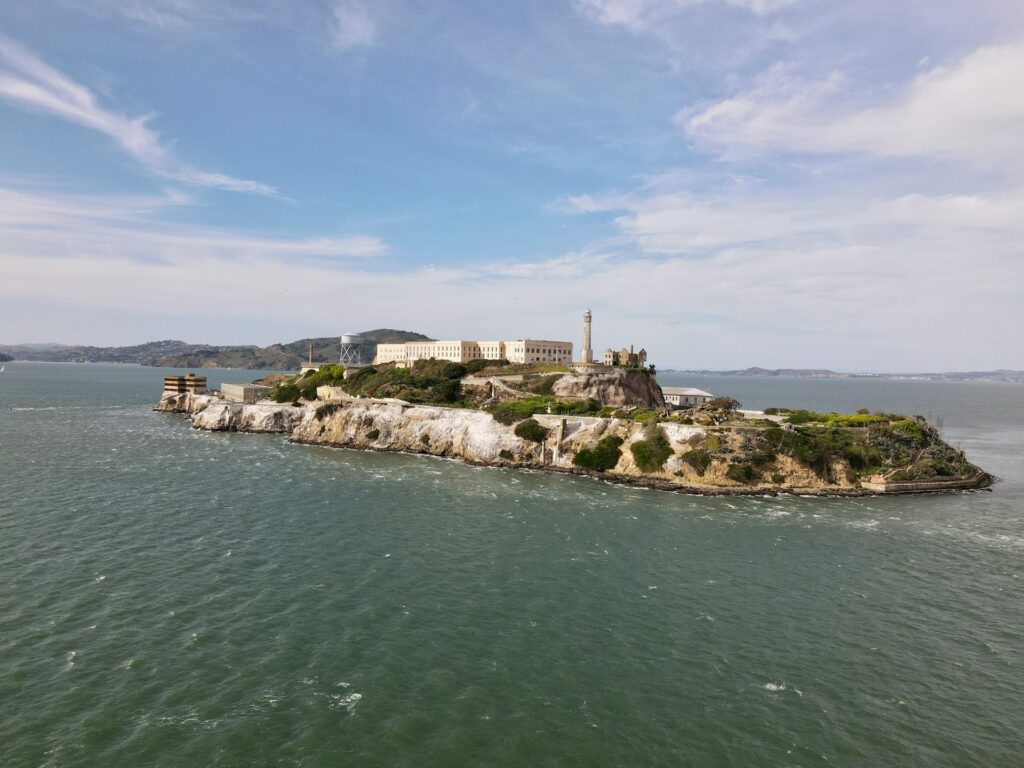
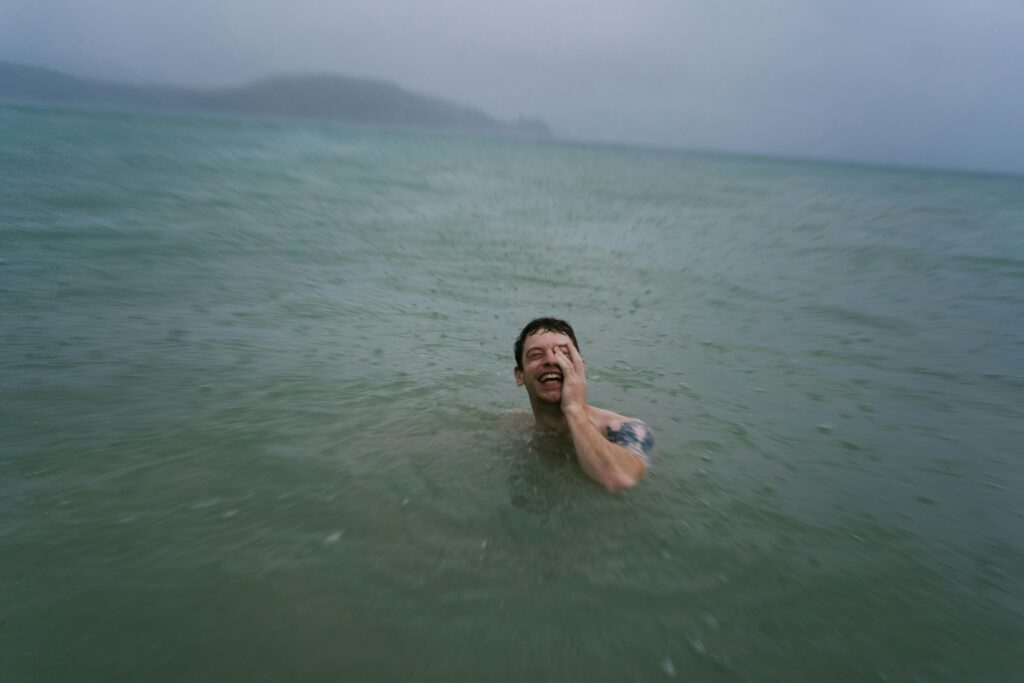
The swim itself is all juxtaposition: the notorious island receding behind as the magnificent San Francisco skyline grows ahead. Beneath the surface, powerful currents constantly threaten to sweep swimmers toward the Golden Gate Bridge and the Pacific beyond. The bay’s temperature, typically hovering between 10-15°C, attacks the body with precision, while frequent cargo ship traffic adds another layer of complexity.
What distinguishes this swim from others is its psychological dimension. As your limbs grow numb and breathing labours, the island’s abandoned cellblocks seem to whisper stories of those who attempted similar crossings with freedom—not glory—as their prize. Upon reaching the shores near Aquatic Park, swimmers experience a unique triumph—part athletic achievement, part historical connection to one of America’s most harrowing legends.
The Rickshaw Run, India
Distance: Approximately 3,000 kilometres
Difficulty: Mentally and physically demanding
Time It’s Likely To Take: 2-3 weeks
Part endurance test, part cultural immersion, and entirely unpredictable—the Rickshaw Run challenges participants to traverse the Indian subcontinent in perhaps the least suitable vehicle imaginable. The humble auto-rickshaw, a three-wheeled contraption with the engine capacity of a lawnmower, becomes both transport and home during this adventure.
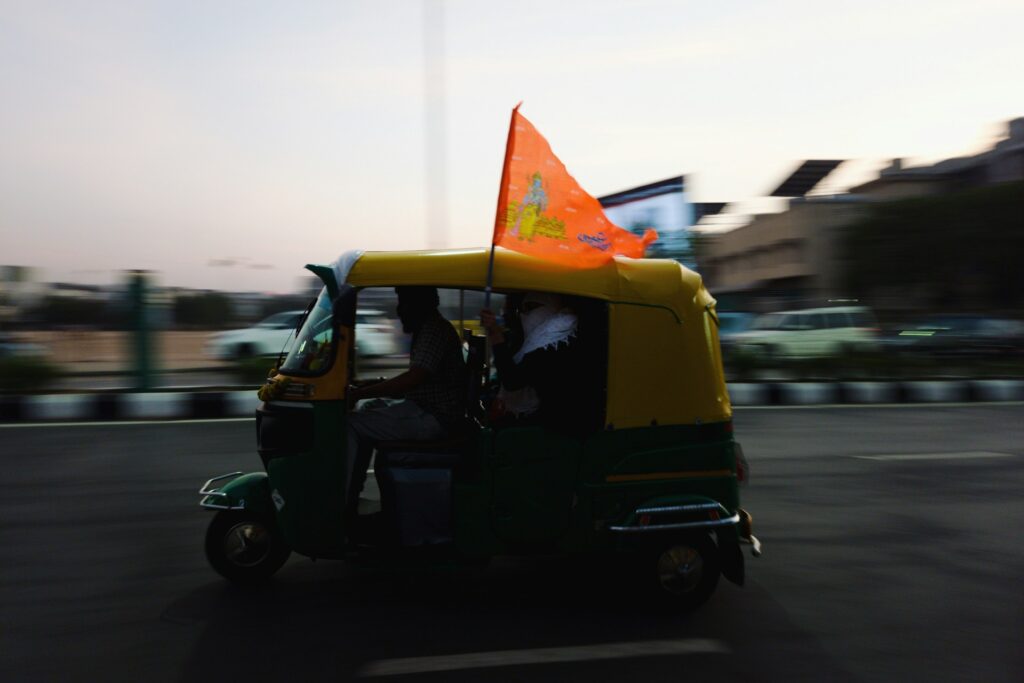
Unlike organised motor rallies with support vehicles and predetermined routes, this challenge celebrates chaos. Participants chart their own course between fixed starting and ending points, navigating India’s notoriously anarchic traffic, from congested city streets to near-impassable mountain passes. Mechanical breakdowns aren’t just possible—they’re guaranteed, forcing impromptu immersion in local communities while seeking repairs.
The physical toll accumulates gradually: constant vibration rattles bones, monsoon rains soak through inadequate covering, and the perpetual assault of dust and pollution tests respiratory endurance. Yet these discomforts fade against the backdrop of experiences—sunrise prayers at riverside ghats, impromptu cricket matches with village children, sharing chai with truck drivers at roadside dhabas, and negotiating passage through wedding processions that have commandeered entire highways.
The Bottom Line
What unites these challenges isn’t merely the physical exertion, but the sense of personal evolution they catalyse. Far removed from the sanitised environment of fitness studios and package holidays marketed as ‘wellness retreats’, these adventures strip away pretence, revealing capabilities previously undiscovered.
The beauty of DIY challenges lies in their accessibility—requiring determination more than disposable income. Whether swimming between continents, sitting in contemplative silence, or rattling across India in a mechanical contraption of questionable reliability, each journey offers transformation impossible to find within the confines of ordinary existence.


